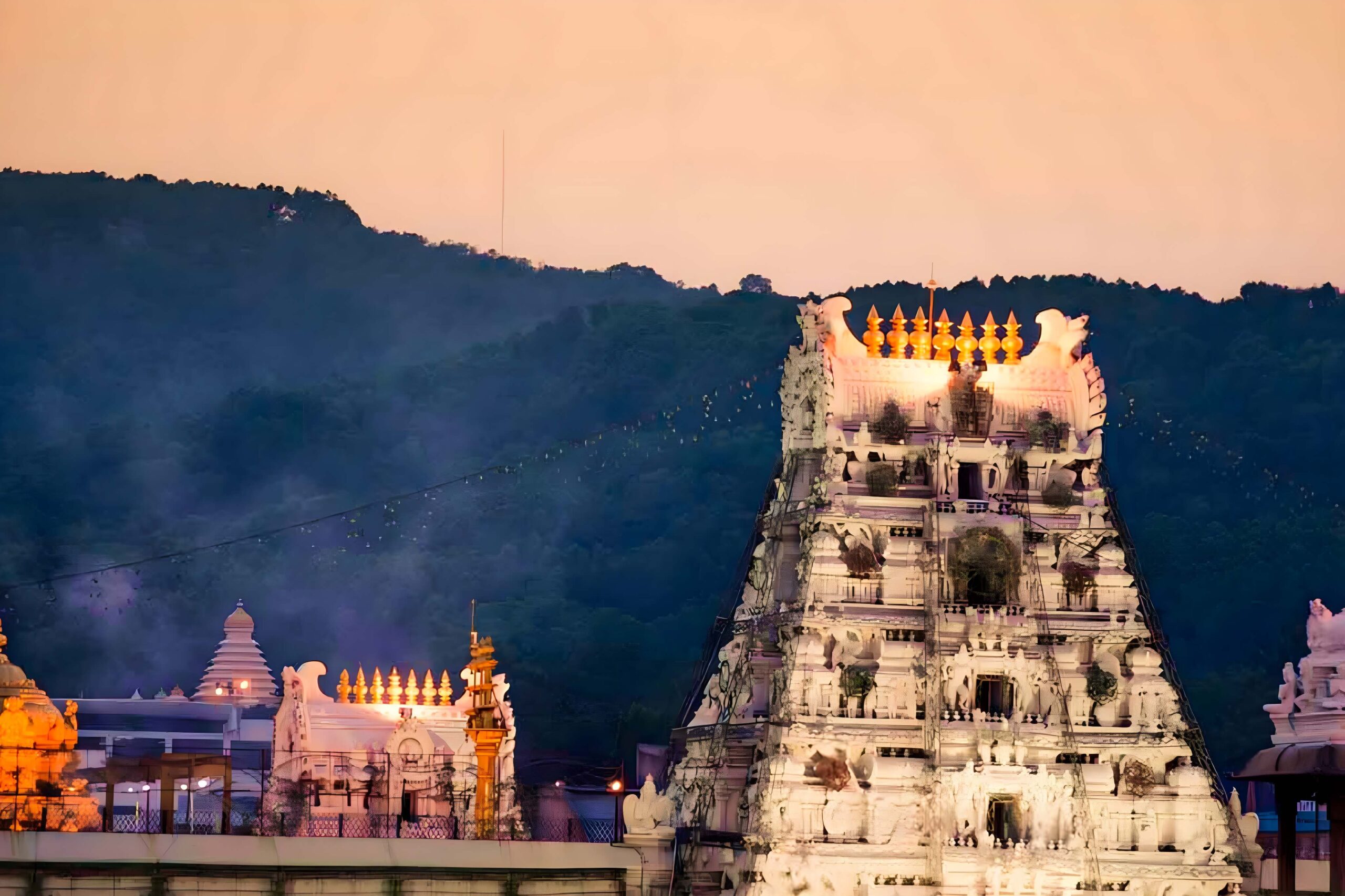
The Venkateswara Temple
The full name of the temple is Tirumala Venkateswara Devasthanam. It is among the most visited places of religious worship in the world. Between 50 to a 100 thousand pilgrims visit it daily and the numbers go up astronomically during festivals. The story of the temple is deeply woven into the rituals and festivals and it begins with how Lord Vishnu came down to earth and began to live on the Venkatachala Hill.
As the Bhavishyottara Purana tells us, it all began when a group of sages could not decide who was the supreme god – Brahma, Vishnu or Shiva? They asked the sage Bhrigu to find out by testing the three deities. Rishi Bhrigu first went to Brahma, entered Brahma’s heaven Satyaloka and found him reciting the four Vedas. Bhrigu did not greet him respectfully and a furious Brahma was about to curse him when he saved himself by quickly apologising. Then he went to Mount Kailash and when Shiva came forward to welcome him he turned away rudely. Shiva was about to burn him to ashes when his consort Parvati, intervened and calmed him down.
When Bhrigu reached Vishnu’s heaven of Vaikuntha he found the god asleep on the seven headed snake Shesha, with his consort Lakshmi sitting at his feet. Bhrigu kicked Vishnu on the chest to wake him. Even on being woken up in such a violent manner, Vishnu sat up with a smile and welcomed the sage with kind words. He invited Bhrigu to sit down and then asked politely if he had hurt his foot and began to massage it. A repentant Bhrigu was left speechless by such gracious kindness and his eyes filled with tears of devotion. He declared that Lord Vishnu was the greatest of the gods.
Meanwhile Vishnu was facing the wrath of Lakshmi as she did not like the way in which he had forgiven Bhrigu who had kicked him on the chest, where Lakshmi resides. She left Vaikuntha and went to stay at Karavirapura (modern Kolhapur). A sad and lonely Vishnu then decided to come down to earth. He began to live in an anthill under a tamarind tree on Vekatachala Hill, meditating for the return of Lakshmi. The legend of the Temple is a continuation of the story of Vishnu coming to stay on Venkatachala Hill.
The legend of the temple
In the Kali Yuga a king named Akasha Raja began to rule in the Tirumala region and his kingdom was called Thondaimandalam. He had no children and decided to perform a yagya, a religious sacrifice and the rituals included his ploughing a field. Here, in a furrow, he found a lotus with a child resting inside and took her home. The princess was an incarnation of Lakshmi and was named Padmavati, as she was found inside a lotus.
Padmavati grew into a beautiful young woman and one day when Vishnu was out hunting he saw her and fell in love with her. As Padmavati was also pining for Vishnu, Akasha Raja agreed to the marriage. A magnificent wedding was planned but the problem was that Vishnu had no money as he had been abandoned by Lakshmi, the goddess of wealth. So he borrowed money from Kuber, the god of wealth, promising to return it in a thousand years. Then Vishwakarma, the architect of the gods built a city on the hill where Indra, the warrior king of the gods, built a magnificent wedding pavilion for Vishnu.
On his wedding day Vishnu rode on an elephant to the palace of Akasha Raja and all the gods, goddesses were in this celestial procession. It was led by the dancers, the apsaras and the singers, the gandharvas. The wedding ceremony was performed by the sages Vashishtha and Brihaspati to the chanting of Vedic mantras.
The Venkateswara Temple at Tirumala commemorates this celestial marriage with the festival of Kalyana Utsavam and the images of Vishnu as a groom are called Kalyana Murtis. The temple dedicated to Padmavati is situated at nearby Tiruchanur and devotees visit it as part of their pilgrimage. During the annual Brahmotsavam festival at the Tirumala Temple, turmeric, kumkum and a sari are sent to the Padmavati Temple. Newly-wed couples also visit her temple to pray for a happy marriage like that of Padmavati and Vishnu.
A temple was built on the Tirumala Hill for Vishnu by Akasha Raja’s brother Thondaiman, who wanted to create a Vaikuntha on earth. The land was given to Vishnu by his avatar Varaha. It is a complex myth where Vishnu is given land by his own avatar but then devotees believe Vishnu can take many forms but still retain his essential being.
The temple was consecrated by the gods and they named the temple tower, Ananda Nilayam, the abode of happiness. Vishnu was so pleased with his new home that he decided to stay here for the full length of the Kali Yuga. That is why the temple is called Kaliyuga Vaikuntham, Vishnu’s abode on earth during Kali Yuga.
The tradition of devotees placing money and gold in the temple collection box, called the hundi, begins with this legend. As Vishnu had promised to repay the loan taken from Kubera in a thousand years, pilgrims donate whatever they can to help him. Later Lakshmi returned to live in his heart again and she promised to enrich the devotees who helped Vishnu. Thus Vishnu was called Srinivasa, or the dwelling place of Sri, which is another name for Lakshmi
So at the temple on Tirumala Hill Vishnu is worshipped by many names – as Srinivasa, Balaji, Venkatachalapathi, Thirumalai and Venkateswara.
History of the temple
As the poetry of the Alwar saints show, this region was considered sacred by the 6th century CE. The present temple may have been built in the period before the Pallava dynasty when a king named Thondaiman ruled in this region in the 6th century CE. He is a historical figure as this region up to Chidambaram is still called Thondaimandalam. He is said to have discovered the image of a god “standing under a tree, with the lower part of the body hidden in an ant-hill”.
Later the temple received the patronage of the Pallava, Chola and Yadava rulers. They gifted land, ornaments and images to the temple. However it was during the Vijayanagar Empire between the 14th and 16th century that it received the greatest patronage. King Krishnadeva Raya and his brother Achyuta Raya gave generously, endowed villages and covered the gopuram gateway in gold.
Krishnadeva Raya It is recorded that in 1513, Krishnadeva donated a jewel studded crown, a necklace of pearls and precious stones, 25 silver plates and swords set with diamonds, rubies and sapphires. He returned with his queens after a great victory and covered the image with thirty thousand gold coins. Today the images of Krishnadeva and his two queens Tirumale Devi and Chhina Devi stand in one of the pavilions
During the Mughal period the Hindu nobility came here as is testified by the image of Raja Todar Mal, the finance minister of Emperor Akbar that stands here. The Maratha general Raghoji Bhonsle organised the administration of the shrine. Later Tirumala became a part of the kingdom of the Nizam of Hyderabad but Hindu rajas continued to patronise the temple like the rulers of Mysore and Gadwal. Today the temple and its massive organisation are managed by the Tirumala Tirupati Devasthanam.
The images in the sanctum
The sanctum sanctorum of a Hindu temple is called the garbha griha and the high tower that soars above it is the vimana. The garbha griha is always built facing east and is placed in the centre of the temple precinct. At the magnificent sanctum of the Venkateswara Temple there is the main image and also other images of gods and goddesses that receive worship every day.
When pilgrims arrive at the temple they enter through the gold doors of the Bangaru Vakili. The doors are flanked by the gatekeepers of Vaikuntha, the dvarapalas named Jaya and Vijaya. The tower over the sanctum is called Ananda Nilaya Vimana, the abode of happiness, and it is gilded in gold. In the garbha griha the majestic Lord of the world, Venkateswara waits for his devotees. Pilgrims usually only manage to get a quick glimpse of his image because of the crowds that arrive every day.
The main image that stands in the sanctum is believed to be a swayam vykata murti or a self manifest image that was not carved by any one. The first glimpse of Venkateswara is an awe inspiring experience. The god stands resplendent in golden silk garments, his tall, diamond encrusted crown and jewellery glittering in the lamp light, adorned with flowers and worshipped with camphor and incense.
The image is called the Moolavirat or Dhruva Beram after the Pole Star. Carved of black granite and standing on a high lotus pedestal, the image is about nine feet tall from the base of the pedestal to the top of the high crown. Venkateswara is depicted here with four arms with the two back arms holding the conch, the shankha and the discus, the sudarshana chakra. The front right hand is held up in the varada mudra, or a posture of giving blessings. The front left hand rest on the hip in a gesture called katya vilambita hasta, that offers protection to the devotees. A seated Lakshmi is carved on the right side of his chest and he wears the sacred thread, many necklaces, armlets and anklets.
The eyes of the image are covered in the broad tilaka and all that the devotees can see are the smiling lips. This double lined tilaka, a Vaishnava caste mark, is called namam and is drawn with camphor and in the middle is the red streak called kasturi tilakam. It is said that if the eyes were uncovered it would mesmerise the devotees and they would not leave. Another legend says that if the eyes are left open they would scorch the earth with the power of the god’s gaze.
In their glimpse of the deity devotees are dazzled by the rich jewellery including the crown, necklaces, earrings, armlets and anklets. Even the conch, discus and hands are covered in gold. Among them is the world’s largest emerald called meru pacha, a diamond crown and a many layered gold necklace with the thousand names of Vishnu called sahasranama carved on it.
Lord Venkateswara’s jewels: The main deity in the garbha griha is called Moolavirat and also Dhruva Beram and it is a magnificent image in stone. There are jewellery carved on the image itself like a sacred thread, the yajnopavita, that curves across his chest from the left shoulder; four necklaces; a thick girdle around the waist; snake shaped armlets on the upper arms and a pair of thick anklets falling over the feet.
Many of the jewellery or abhushan gifted to Lord Venkateswara by devotees replicate these stone ornaments. Over the centuries Venkateswara has been gifted a legendary treasure house of jewellery by kings and powerful people and it makes him the richest deity in the world. Today every inch of the image is covered in gold and diamonds.
Among Venkateswara’s abhushan are:
- Crowns or kiritams include two gold crowns and one of them has the emerald called meru pacha set in it. This is said to be the largest emerald in the world. Also two diamond encrusted gold crowns
Necklaces include one made with gold coins; one with a pair of gold encased tiger claws; a garland of pendants with the image of Lakshmi carved on them; one of saligrams mounted in gold and engraved with the sahasranama – the thousand names of Vishnu; one of tulasi seeds set in gold
- Body covering called kavacha including gold plates for the chest, the hands and also shoulder plates called bhuja kirti. All in gold and diamonds.
- Earrings, shaped like crocodiles called makara kundala
- Armlets for the upper arms shaped like hooded cobras called nagabharanam
- Two sculpted plaques on the chest with Lakshmi on the right and Padmavati on the left.
- The chakra in the right hand and the shankha in the left, made in gold.
- The image is clad in golden pitambar garments and it is tied at the waist with a gold belt with small bells.
- A gold sword called surya katari.
Shrines & Teertha tanks
Within the huge precinct of the temple there are many other smaller shrines, tanks, ponds and waterfalls that are considered sacred by the pilgrims. Wandering around the temple one can also see some of the finest sculpture of the Pallava, Chola and Vijayanagar periods in the open pillared halls called mandapas. These mandapas are used for the various ceremonies and festivals in the temple.
The Pratima Mandapa has metal images of the many kings of Vijayanagar and the finest are the three standing sculptures of King Krishnadeva Raya and his two queens. The Dhvaja Stambha Mandapa has the flagpole of Vishnu covered in carved, gilded copper sheets. The Varadaraja shrine has a standing image of Vishnu that was brought from Chidambaram. The Kalyana Mandapa is where the annual Kalyana Utsava is celebrated as the wedding of Venkateswara and the goddesses Sridevi and Bhudevi.
The Ramanuja shrine has an image of the saint Ramanujacharya who played an important role in the organisation of the shrine. The Tirumamani Mandapa has a beautiful silver doorway and here every morning the suprabhatam is sung to wake Venkateswara. The shrine to Garuda has the image of the human-bird vehicle of Vishnu with outspread wings. The hundi, where pilgrims place their donations is in this mandapa.
There are seventeen sacred tanks around the temple and pilgrims bathe in them. These tanks and ponds are called teerthas. The most important is the Swami Pushkarini Teertha that stands before the temple. The legend says that Garuda brought this tank from Vaikuntha for Vishnu to use. A bath in the tank is considered to be as meritorious as bathing in the Ganga. The holy waters of all the teerthas is collected in the Swami Pushkarini Teertha.
Some of these teerthas are believed to be invisible and one called Papavinasha is a waterfall. It is said that Lord Rama while seeking his wife Sita, came here to meet Hunuman’s mother Anjana and bathed in the Swami Pushkarini which ensured his victory in the battle against Ravana at Lanka. The Panchaayudha Teertha has five pools that are named after the weapons of Vishnu – shankha (conch), chakra (discuss), gada (mace), sharanga (bow) and khadga (sword).
Find Your Perfect Read
Explore More
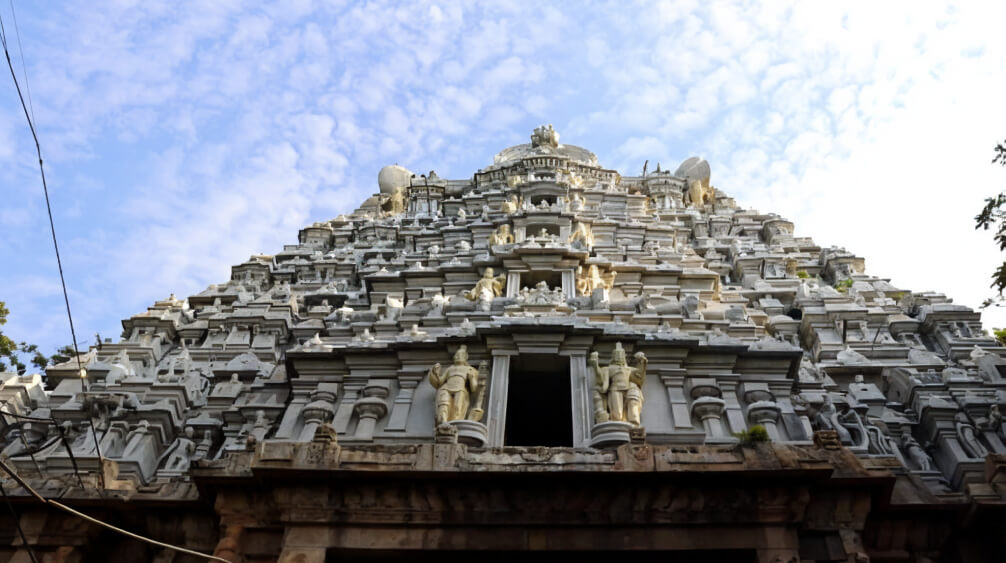
Tirupati-Tirumala
Daiwik Hotels welcomes you to one of the most famous Hindu pilgrimages in India.
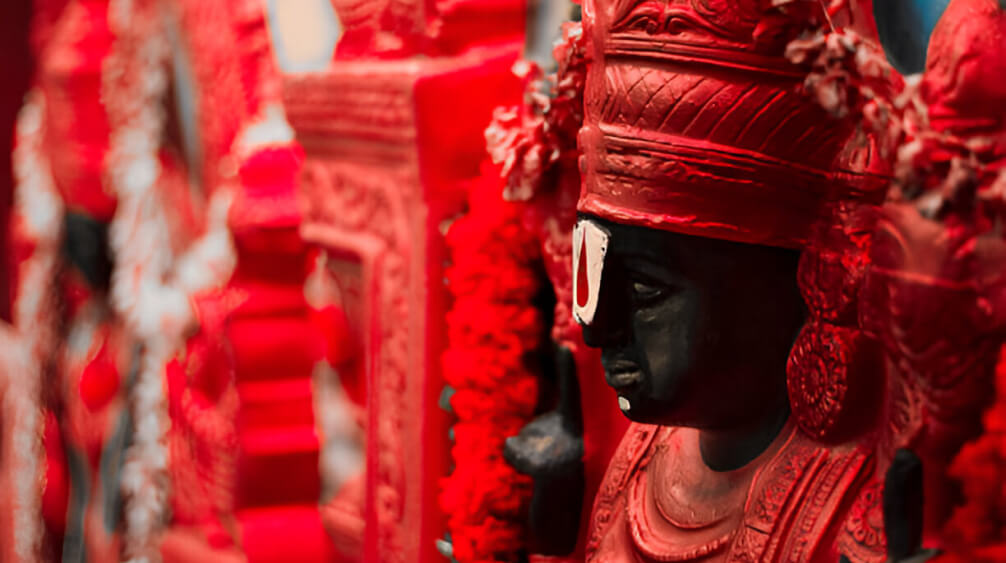
Balaji Venkateswara
The deity of Lord Venkateswara at Tirupati-Tirumala is a form of Lord Vishnu.
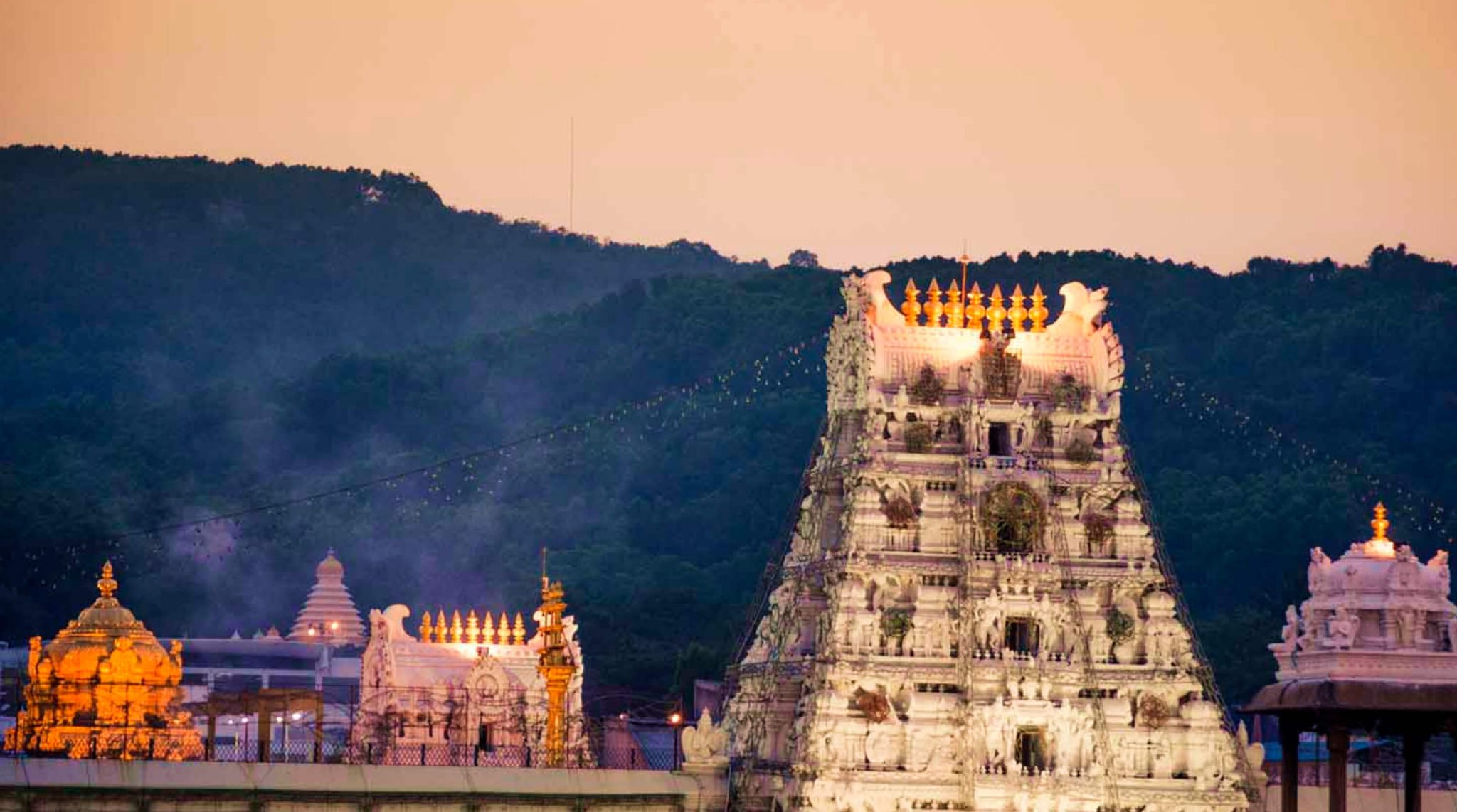
The Venkateswara Temple
The full name of the temple is Tirumala Venkateswara Devasthanam.
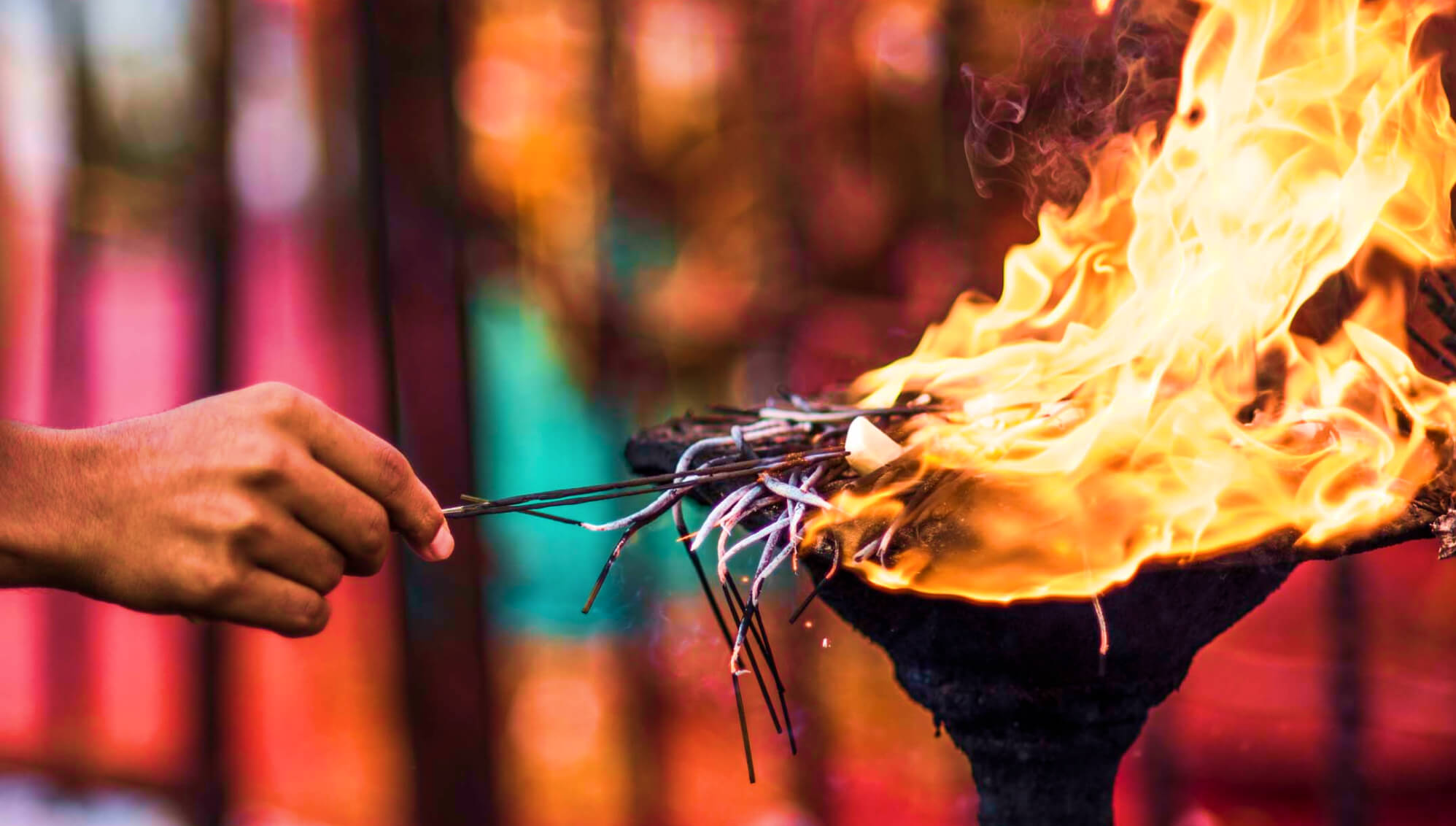
Pujas & Festivals
The religious rituals called Sevas and annual festivals never stop at the Venkateswara Temple.
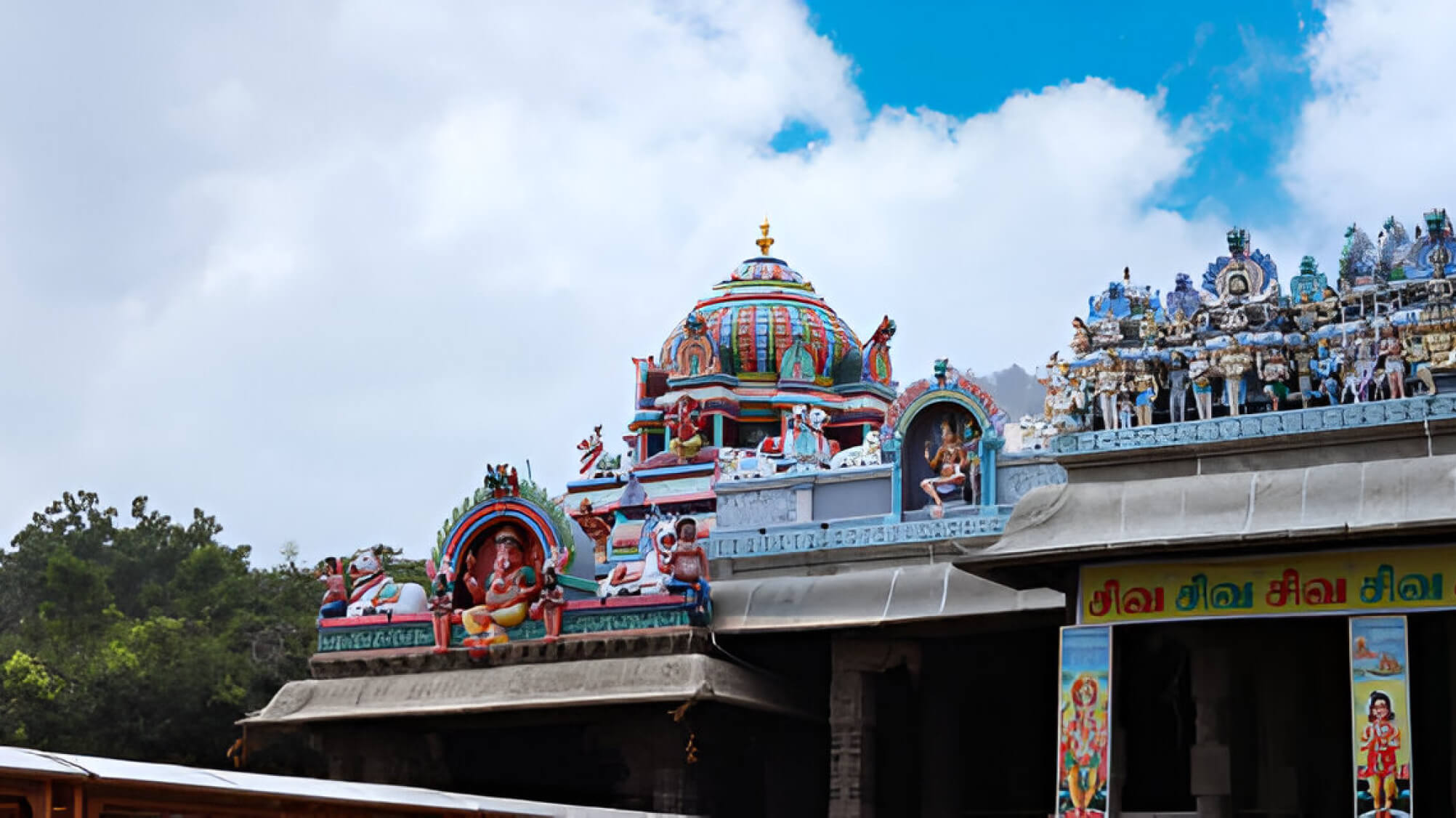
Other Places of Interest
There are a number of temples in Tirumala itself, also in the town of Tirupati and in nearby Tiruchanur.
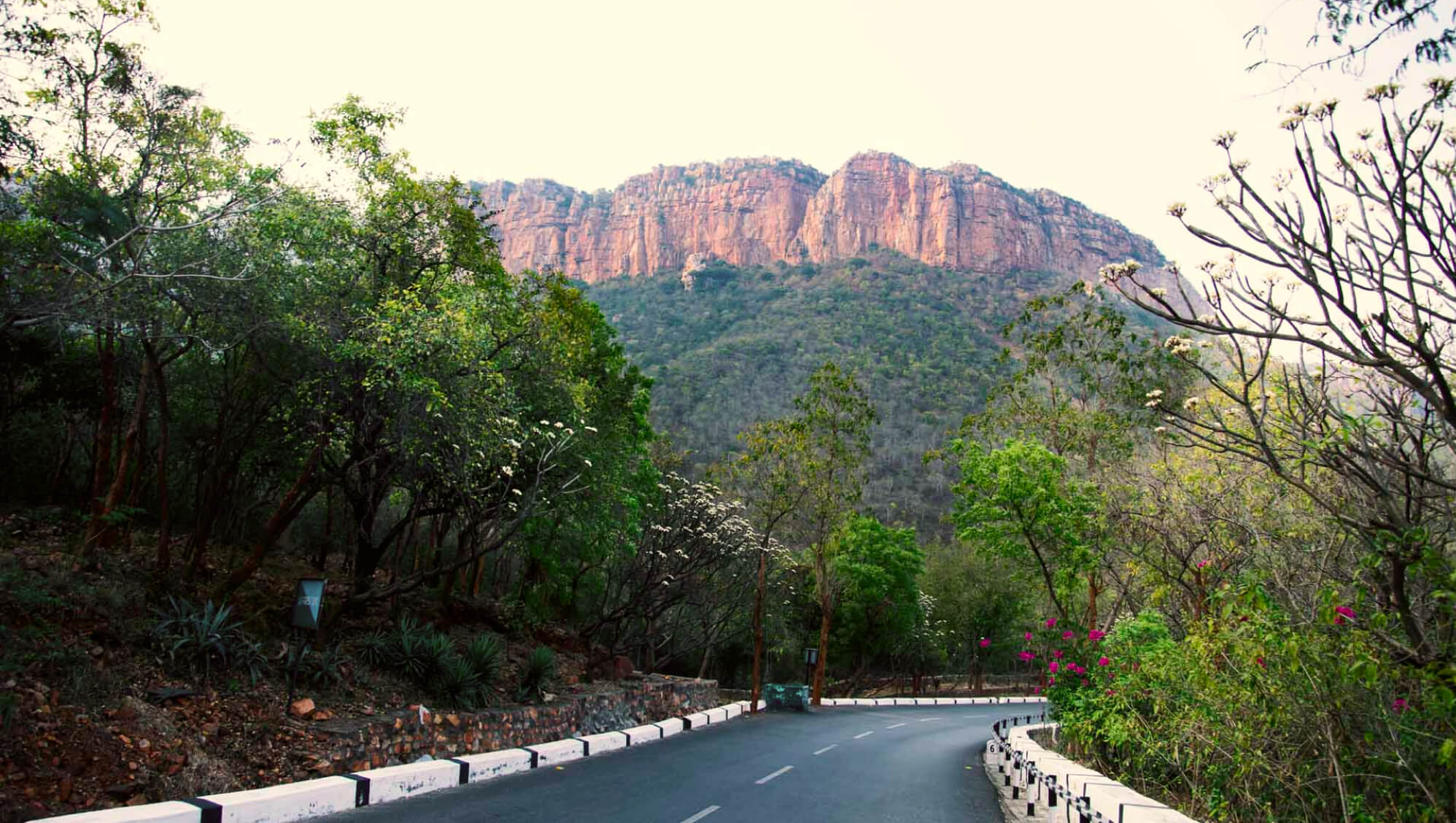
Travelling to Tirupati
Tirupati is in the state of Andhra Pradesh. The town is 581 km from Hyderabad, 252 km from Bangalore...

